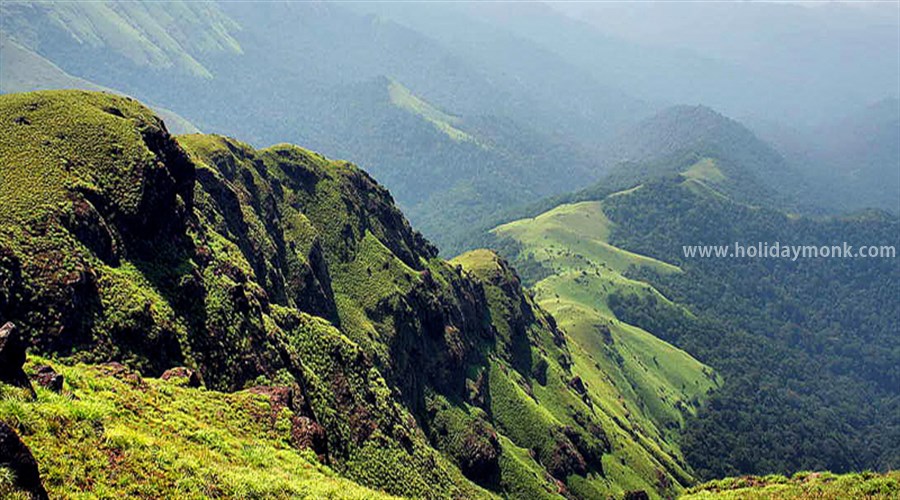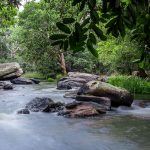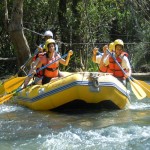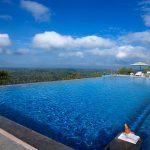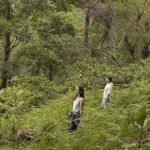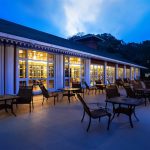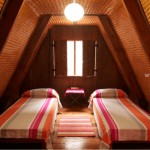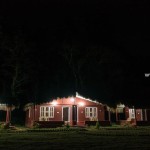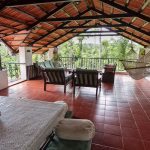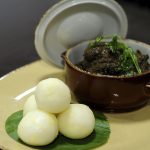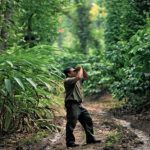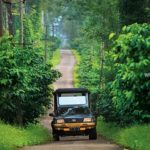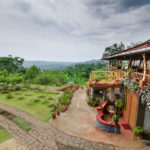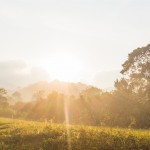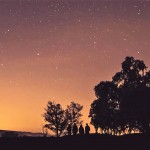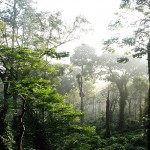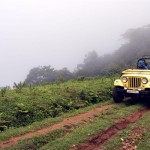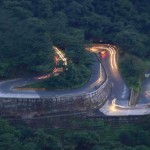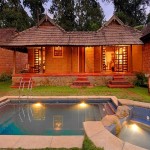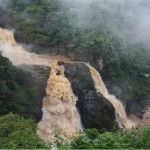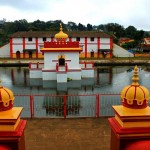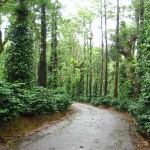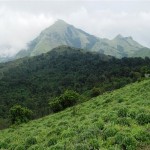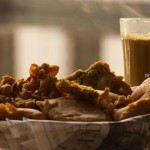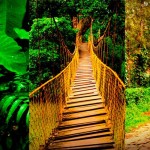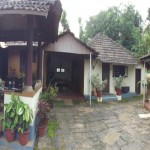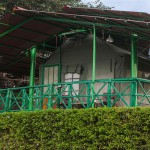People who want to break away from the idea of conventional vacation or holiday and want an adventurous holiday can plan a trip to Coorg, a beautiful town in Karnataka. Its scenic beauty, lush green coffee plantations, fascinating mountains, and pleasant romantic weather conditions make it a perfect holiday destination.
The Location and History of Coorg
Kodagu also known as Kodava Nadu, is an administrative district in Karnataka, India. It occupies an area of 4,102 square kilometres (1,584 sq mi) in the Western Ghats of southwestern Karnataka. In 2001 its population was 548,561, 13.74% of which resided in the district’s urban centers, making it the least populous of the 30 districts in Karnataka. The district is bordered by Dakshina Kannada district to the northwest, Hassan district to the north, Mysore district to the east, Kannur district of Kerala to the southwest, and the Wayanad district of Kerala to the south. Agriculture is the most important factor that upholds the economy of Kodagu and the main crops cultivated in this region are rice and coffee. Coorg is rich in natural resources which included timber and spices. Madikeri (English: Mercara) is the headquarters of Kodagu.
Kodava Nadu is a tourist attraction, known for its coffee and its ethnic warrior people. The dominant group are its indigenous (Kodavas) and other ethnic groups (Arabasha and Kodava subgroups). Kodavas (freehold farmers, rulers and miltiamen), and offlate arabasha (farmers) from Sullia region also, who were freeholder farmers in sulia (a part of Kodagu in the 17th and 18th centuries) moved towards Kodagu after the massacare of kodavas (Through Treachery by Tippu and Hyder ali)in Somavaerpet, Bagamandala, Kushalnaga and parts of Piryapatna (Presentday mysore region founded and ruled by a kodava paryaraja,Parya meaning elder in kodava)for agricultural activities in kodagu due to wars with Tippu and Hyderali before there death in recent past. The chief languages presently spoken in Kodagu are Kodava, Are Bhashe,Kannada, Kasaragod Malayalam, Yerava, Kuruba, Konkani, Urdu, Tulu and English. Kodagu is home to the native speakers of the Kodava language.
Tourist Activities to do at Coorg
Coffee Plantations
Coorg is renowned for its coffee plantations, which contribute around 60% of India’s coffee production. It also has abundant teak, rosewood, and sandalwood forests. The best way to experience the coffee plantations is to stay at one of the many homestays and resorts that are situated on coffee estates. You’ll be able to go on walking tours of the plantations, as well as sample fresh coffee and learn about the coffee making process. It’s fascinating!
Waterfalls
Abbey Falls and Irupu Falls are two of the biggest waterfalls in the Coorg region. They’re best viewed just after the monsoon season, but have cascading water all year around. Abbey Falls, located around eight kilometers north of Madikeri, is most accessible. In the other direction, Irupu Falls is around 90 kilometers south of Madikeri and 20 kilometers from Nagarhole National Park. Many people prefer Irupu Falls to Abbey Falls, and it can be followed with an unforgettable drive through Nagarhole to Bangalore. The area around Iruppu Falls is abundant with butterflies in peak season, after the monsoon.
Mountains and Trekking
Perfect for trekking, the Coorg region has a number of towering peaks and valleys. One of the most popular routes is from Kakkabe to Thadiyandamol, the state’s highest peak. Allow at least five hours for this trek. Many people also enjoy trekking from the Brahmagiri range, starting from Virajpet, to Irupu Falls. It’s an arduous trek though, through dense jungle. Trekking to Mandalpatti is commonly combined with a visit to Abbey Falls. It’s the most popular trek in the Pushpagiri forest range. Most Coorg homestays and resorts offer trekking activities. Thrillophilia also offer a one day Mandalpatti trek and two day Thadiyandamol trek.
Dubare Elephant Camp
If you love elephants, don’t miss getting up close to them at Dubare Elephant Camp, which is an elephant training camp operated by the Karnataka government. There you’ll be able to learn all about elephants, ride them, and even take a bath in the river with them and scrub them. You’ll need to get to the camp by around 9 a.m. in order to catch the bathing. It’s possible to stay at one of the cottages at the camp. However, do be aware that this is a government establishment so don’t expect it to be well organized. Foreigners pay much more than Indians, and it also gets crowded. The camp is located just off State Highway 91, near Kushalnagar. From there you can visit the Tibetan monastery not far away.
Namdroling Nyingmapa Tibetan Monastery and Golden Temple
One of 10 Must See Buddhist Monasteries in India, this monastery has what’s apparently the second largest Tibetan settlement in India. The amount of gold in the prayer hall and temple is quite overwhelming, as too are the immense gold statues of Buddha. It’s located in Bylakuppe, near Kushalnagar, around an hour east of Madikeri.
Raja’s Seat
If you fancy doing some sightseeing around Madikeri town, Raja’s Seat is the most well known tourist attraction there. This garden spot was apparently a favorite of the Kings of Kodagu. The best thing about Raja’s Seat is that it offers superb sunsets and panoramic views across the valley, all the way to Kerala. However, if you want peace and quiet, it’s best to go in the morning. The crowds flock there in the evenings.
